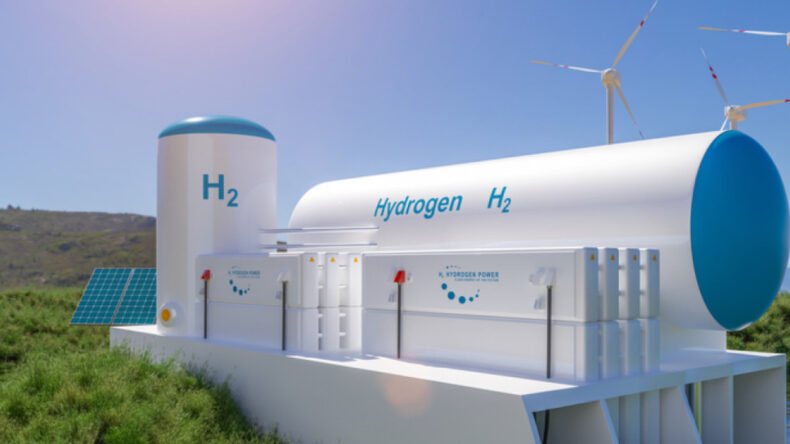The government on Thursday released the first part of India’s National Green Hydrogen Policy; they announced certain incentives for potential manufacturers, generating companies(gencos), and distribution licensees(discom) to promote indigenous production of green hydrogen on a large scale so that the energy sector can be decarbonized and reducing India’s heavy dependency on imports of fossil fuels and crude oil.
However, industry experts demanded more clarity as they claimed that a lot still would depend on the rates levied by the respective states and union territories as per the latest policy.
India’s plan to harness green hydrogen in her 2021 budget speech. The Power Ministry notified the policy on Thursday, after Finance Minister Nirmala Sitharaman first disclosed it. Later, Prime Minister Narendra Modi announced a National Hydrogen Energy Mission in his Independence Day speech in August.
The second part of the policy, which may be about mandating the use of green hydrogen and green ammonia in a phased manner (refineries, fertilizer, companies, etc.), is being reviewed in Expenditure Finance Committee. As reported by HT on January 30, the policy will provide a complete waiver of inter-state transmission charges for 25 years to those who undertake to produce green hydrogen in India. Producers of Green Hydrogen and Green Ammonia will benefit those whose plants have been commissioned before June 30, 2025. Manufacturers of Green Hydrogen/Ammonia and Renewable Energy Plants will also be given grid connectivity on a “priority basis” to avoid hazards.
Another incentive given under policy is that the production of Green Hydrogen/Ammonia will be considered against the manufacturer’s Renewable Purchase Obligation (RPO) and will also apply to the DISCOM using such renewable energy.
Power Minister RK sing said that with the implementation of this policy, the common people of the country would get clean fuel. “This will reduce dependence on fossil fuels and also reduce crude oil imports. It is also our aim that our country should emerge as an export hub of Green Hydrogen and Green Ammonia. The policy gives freedom to companies to set up renewable energy capacity anywhere on their own or through a developer.
This policy promotes renewable energy generation as RE will be the primary ingredient in making green hydrogen. In turn, it will help in meeting international commitments for clean energy. He spoke.
“Green Hydrogen/Green Ammonia can be manufactured by a developer using Renewable Energy from a co-located RE plant, or obtained from remotely located RE plants, whether installed by the same developer received or purchased RE by a third party or from Power Exchange. The policy allows makers to set up their plants in any existing or upcoming renewable energy park or even in any manufacturing area for which the govt. Is currently preparing a roadmap.
Open access for sourcing of RE to Green Hydrogen/Ammonia plants will be provided within 15 days of receipt of application complete in all respects. The available sources charges will be as per the prescribed norms. The producer can bank non-consumptive renewable energy for 30 days with any of the discoms and withdraw it if required.
“Discoms may procure and supply RE at subsidized prices to the manufactures of Green Hydrogen/Ammonia in their States, which will cover only the cost of purchase, wheeling charges, and a small margin as prescribed; by the State Electricity Commission.” It spoke.
Also, allow a manufacturer to set up bunkers near ports to store green ammonia for export or use by shipping. The land for the construction of such storage units will be made available by the concerned port authorities at the rates applicable.
Green Hydrogen is produced using renewable energy through electrolysis. The policy also clarified that hydrogen and ammonia produced from biomass or renewable energy sources would also be treated as Green Hydrogen and Green Ammonia.
Hemant Mallya, Senior Program Lead, Council for Energy, Environment and Water (CEW), said waiving the central open access fee is a good first step in enabling low-cost distributed production of green hydrogen.
Published by- Aashay Bhujbal
Edited by- Kritika Kashyap













